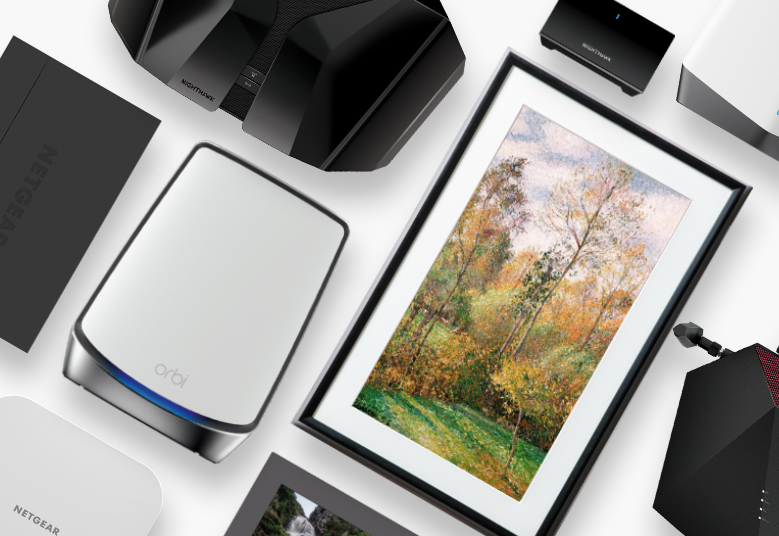Sincere thanks, everyone, for the feedback.
Ended up getting a UniFi Cloud Gateway Ultra and a U6+ WAP. Haven't done much with them yet; just enough setup to get going.
You can really tell this stuff was made by Apple alumni. The hardware and software all feels well made and well thought-out.
The U6+ is sitting on the floor behind a couch right now. I put it there for testing purposes, assuming I'd have to mount it on the ceiling eventually. But I might not have to bother. Even in that poor location, it still has enough juice to reach everywhere – including places we used to need a range extender to cover. Will test for a few days to be sure, but impressive either way.
Looking forward to delving into the software more!
Ended up getting a UniFi Cloud Gateway Ultra and a U6+ WAP. Haven't done much with them yet; just enough setup to get going.
You can really tell this stuff was made by Apple alumni. The hardware and software all feels well made and well thought-out.
The U6+ is sitting on the floor behind a couch right now. I put it there for testing purposes, assuming I'd have to mount it on the ceiling eventually. But I might not have to bother. Even in that poor location, it still has enough juice to reach everywhere – including places we used to need a range extender to cover. Will test for a few days to be sure, but impressive either way.
Looking forward to delving into the software more!





